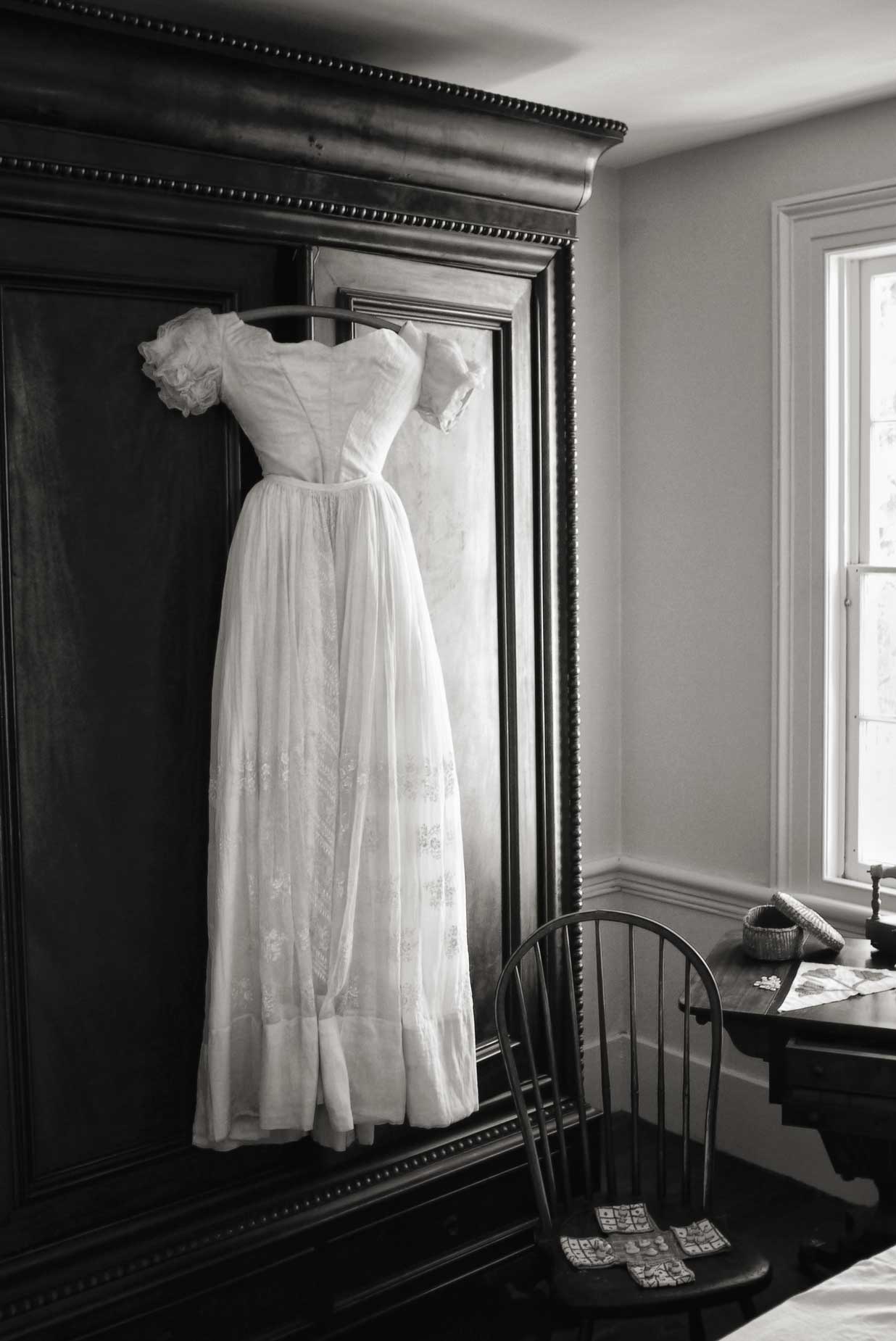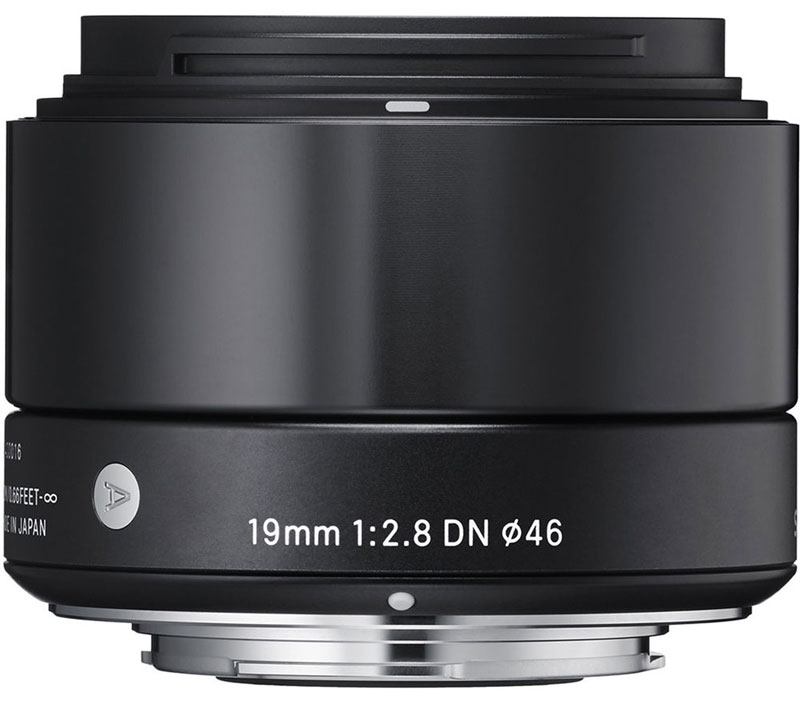Today’s Post by Joe Farace
“It’s the best place I’ve been any time, anywhere. Flowers, tamarind trees, guava trees, coconut palms … Got tight last night on absinthe and did knife tricks.”—Earnest Hemingway writing about Key West
 Sigma’s ART lens series is a collection of high quality optics that the company claims are designed to “emphasize creative expression above compactness and multi-functionality.”
Sigma’s ART lens series is a collection of high quality optics that the company claims are designed to “emphasize creative expression above compactness and multi-functionality.”
To give Sigma Art lenses a workout, several years ago I took the 30mm f/2.8 DN and 19mm f/2.8 DN lenses for Micro Four-thirds cameras to Key West, Florida to see how they handled the rigors of travel photography. At this time, both of these lenses have been discontinued by the manufacturer, although the 19mm f/2.8 DN lens is still available in Sony E Mount. For Micro Four-thirds versions, which seem to be hold their values quite well, I suggest you head over to all of the usual suspects including eBay, KEH and MPB. (I have not used MPB but am planning on giving them a try but haven’t saved up enough pennies yet. If you’ve had any good or bad experiences with MPB, please let me know.)
New Lenses Old Lenses
Both of these lenses incorporate telecentric optical designs that have an internal focusing system that produces smooth, quiet and accurate focus. Although I didn’t shoot any video in Florida, this latter attribute would definitely be an asset.The lenses were available in either black or silver finish and have chrome-plated brass bayonet mounts. Both come with a lens hood and a well-made case.
The Sigma 19mm f/2.8 DN, when used with my Micro Four-thirds Olympus and Panasonic mirrorless cameras, produces an angle-of-view equivalent to a 38mm lens on a full-frame camera. The lens has three glass-molded aspherical elements with Super Multi-Layer Coating to minimize aberrations. Sigma say it’s useful for studio photography, architecture and starry skies. Its minimum focusing distance is 7.9-inches and has a maximum magnification is 1:7.4.
Sigma’s 30mm f/2.8 DN has an angle-of-view that’s equivalent to 60mm. It uses two glass molded aspherical elements, including a double-sided aspherical element with Super Multi-Layer Coating to minimize chromatic aberrations; I never had a chance to test it for LOCA.—Longitudinal Chromatic Aberration. Its minimum focusing distance is 11.8-inches with a maximum magnification of 1:8.1.
How I made this photograph: The Sigma 19mm f/2.8 DN was in its element when I was shooting under the low light conditions inside Audubon House where I made the photograph at left using a Panasonic Lumix G2, that I’ve forgotten I ever owned. (EXIF days is always right, isn’t it?) Exposure was 1/50 sec at f/2.8 and ISO 400. The original image was shot in the camera’s sepia tone mode but it looked too green to me so I Platinum toned the photograph using PhotoKit 2.
During my Key West adventures, I ended up mostly using the 19mm f/2.8 DN lens because it seemed to be the most versatile when shooting the kind of documentary situations I found myself in. The 19mm proved to be an able traveling companion but not so much for its lens hood, which kept jumping off at inopportune times. Maybe that’s a “Joe problem.” Not having a hood available at all times did occasionally produce flare in one or two of the 400 shots I made with this lens. Otherwise, the 19mm f/2.8 DN did a great job producing sharp images and I never, although I thought I might, wonder if it would have been better if I had a zoom. I really missed these lenses when I had to return them to the manufacturer.
Along with photographer Barry Staver, I’m co-author of Better Available Light Digital Photography that’s available from Amazon for $21.50prices with used copies starting at the bargain price of three bucks, as I write this.
